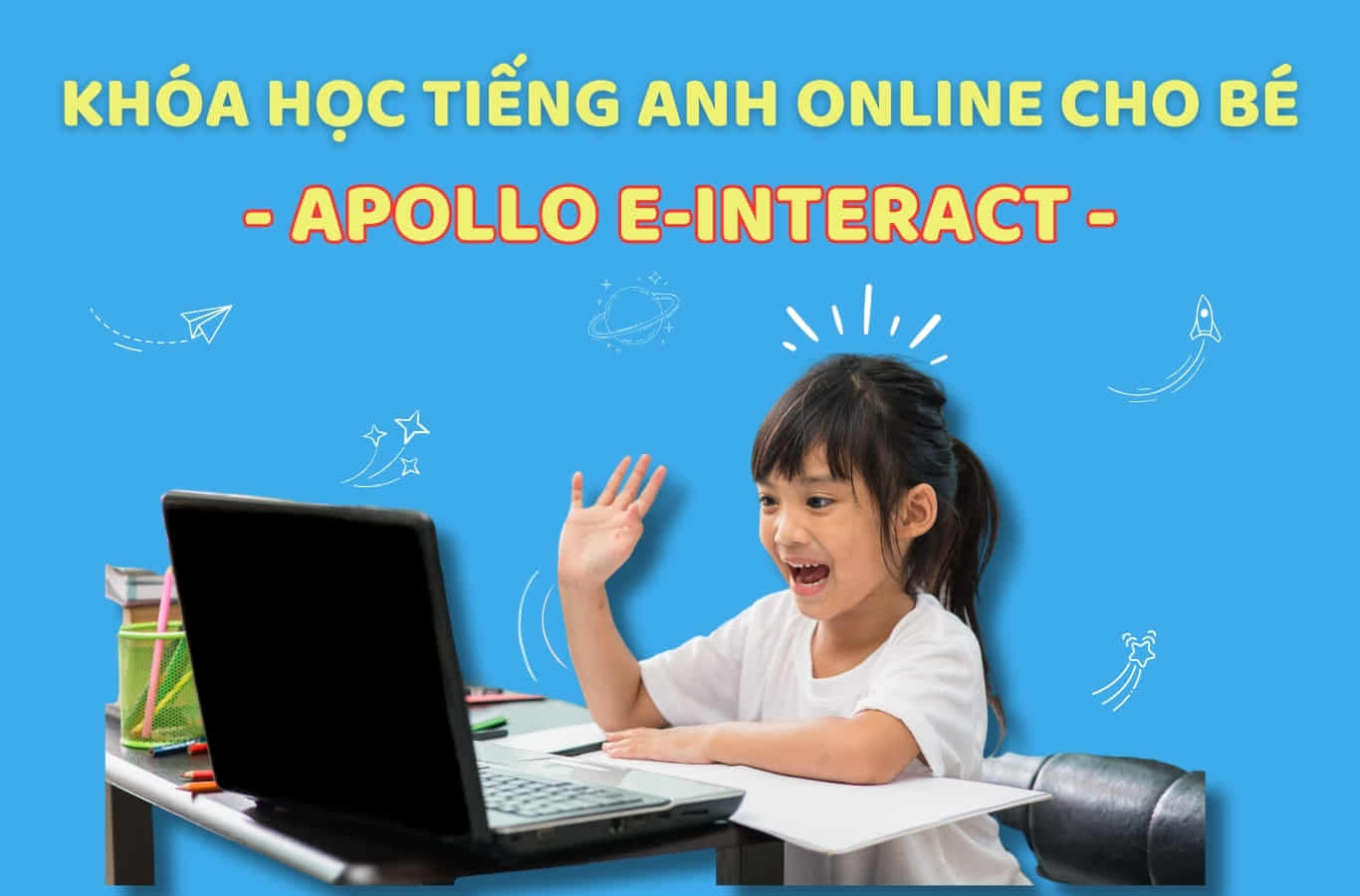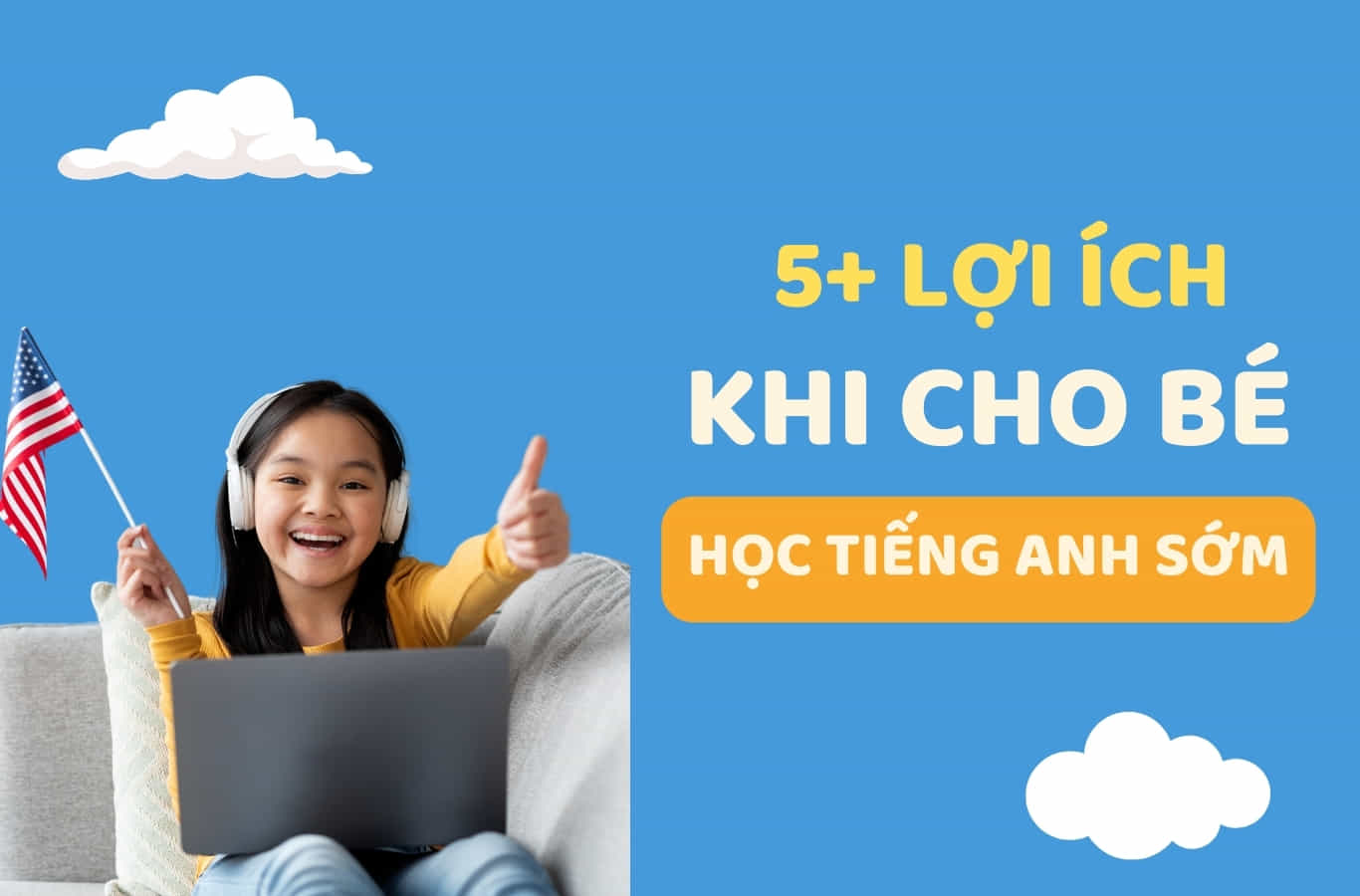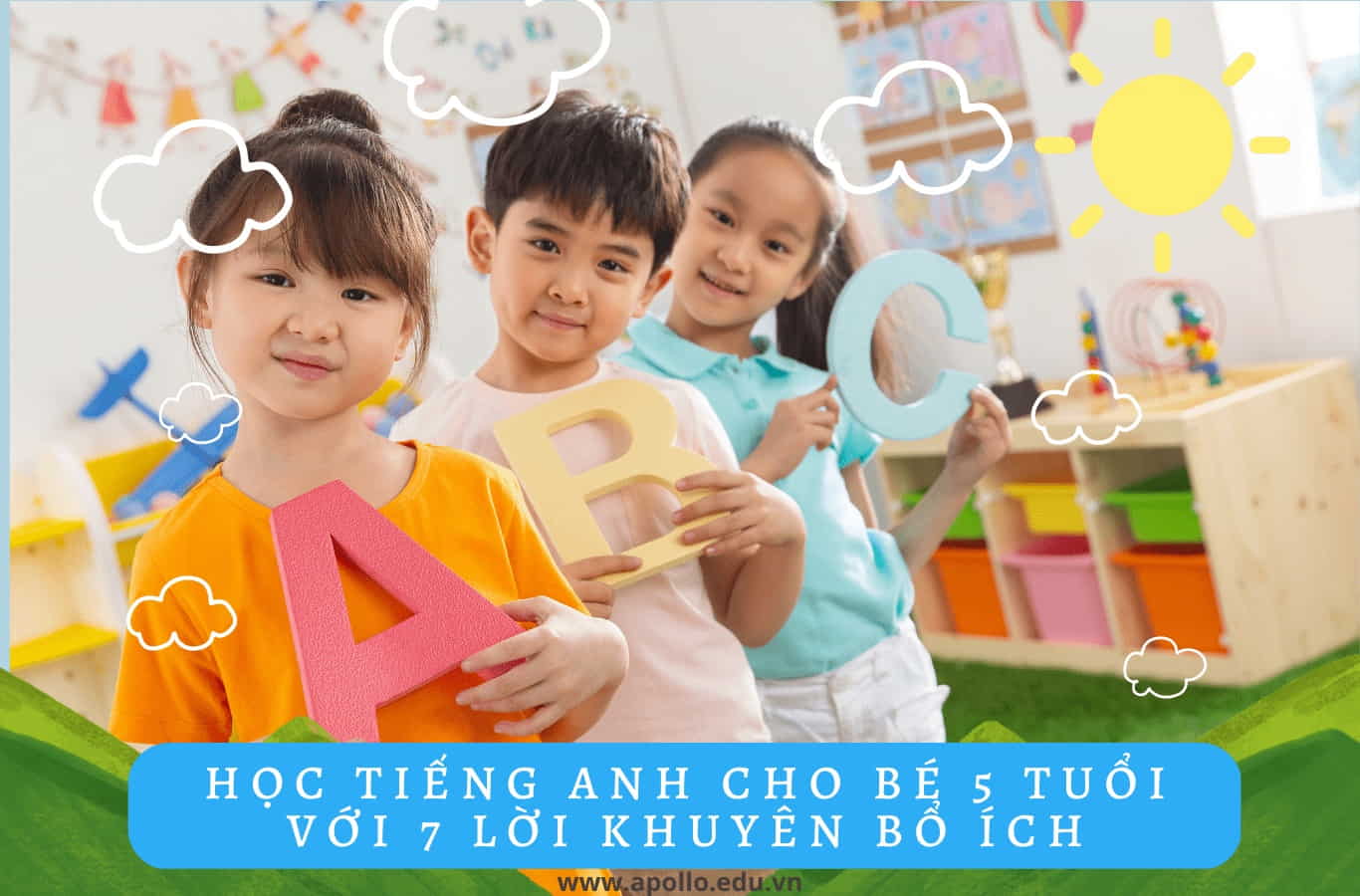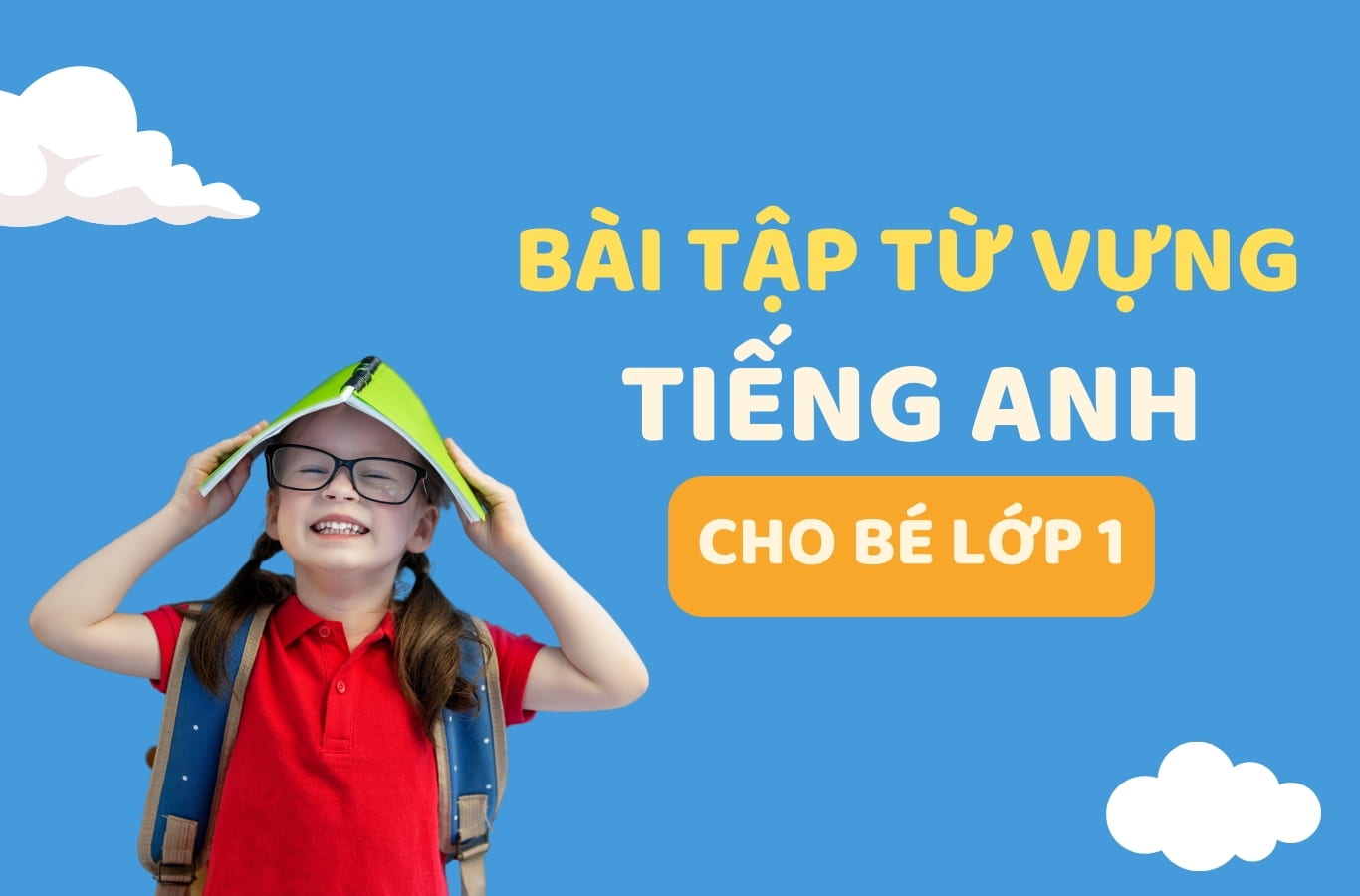CHAPTER 12: USE EDTECH
Please try to spend 15 mins brainstorming for yourself, try to answer these questions before reading:
1. Which apps are suitable with my children?
2. How EdTech support me to understand children?
Space for your notes:
.............................................................................................................................................................................................................................................................................................................................…
.............................................................................................................................................................................................................................................................................................................................…
.............................................................................................................................................................................................................................................................................................................................…
.............................................................................................................................................................................................................................................................................................................................…
One night in March 2020, right after the global pandemic began, my friend from university, Nadia, phoned me. I was based in Hanoi, Vietnam, and she was in Los Angeles, California, fourteen hours apart from each other. She came up with an idea for an e-learning project, which she wanted to run for Vietnamese students, as both of us have roots in Vietnam. Her inspiration was Outschool in the US, which offers a wide variety of live courses. Before enrolling in a course on Outschool, students can see reviews for the teacher as well as reviews for the particular course, together with the total number of students that have already enrolled in the course.
Nadia gave the e-learning project the name DaMon Education, which aimed to offer online language lessons, soft skills, or even fitness classes. After I joined Nadia, we tried to use Zoom, Google Meet or Skype as platforms to deliver the lessons. As founders, we taught the first courses about global employability and citizenship ourselves, which turned out to be a great experience for both our students and us. We found students, and students found us through word of mouth, referrals, and social media.
We adapted by using online whiteboards, survey polls, and even breakout rooms to make learning more interactive. Suddenly, we realized that thanks to technology, Nadia could reach out to students from all over Vietnam while still living in Los Angeles.
After teaching on our own, we started cooperating with teachers to offer different courses on DaMon Education. We didn’t hire anyone, and we didn’t even create the content of lessons anymore. The purpose was just to connect teachers with students. We were simply a platform for teachers to host their own courses. By August that year, we worked with around thirty teachers, and we had courses ranging from Korean, time management, to yoga. The whole process of approving teachers and scheduling students as we grew, started to become manually challenging. Therefore, we looked for ways to automate. We implemented more technology for new teachers to self-on- board in our platform as well as for students to book courses independently without our intervention. At that moment, we could say we became part of the EdTech world.
EDTECH IN BRIEF
EdTech companies are technology companies, often start-ups, that are innovating education many of which are currently being created all around the world (Holon IQ, n.d.). To the readers in more Western societies, companies such as Udemy, Quizlet, or Masterclass might ring a bell, as well as the Chi- nese companies that cooperate with Western educators such as VIPKid or iTutorGroup. However, the valuation of all five companies mentioned above combined (around 12.55 billion USD as of October 2021) is still lower than India’s EdTech giant called ByJu’s, with a valuation of eighteen billion USD in October 2021 (Holon IQ, 2021).
According to Holon IQ, as of January 2022, there were thir- ty-three EdTech unicorns (a unicorn company is a private company with a valuation of over one billion USD). Sixteen of these EdTech companies exist in the US, eight in China, five in India, and one in each of the following countries: Canada, Israel, Australia, and Austria (Holon IQ, 2022).
Despite having thirty-three EdTech unicorns, EdTech start- ups make up less than four percent of the world’s total one thousand unicorns in all industries combined (CB Insights, n.d.). The need to expand technology in schools more widely across the globe proves the enormous untapped potential within the education sector as a whole.
In the year 2020, the global education market was valued at 1 trillion USD, and EdTech was valued at 227 billion USD, which was only about four percent of the global education market. Although the share of EdTech in total expenditures on education is not high, it is growing immensely. Only between 2019 and 2020, EdTech grew twenty-four percent, from 183 billion USD to 227 billion USD (Holon IQ, 2020).
In 2016, CB Insights mapped the EdTech industry into a single page available to the public (CB Insights, 2016). It includes thirteen different categories of EdTech companies:
1. Broad online learning platforms - offer a wide variety of video lessons and courses in varying subjects and fields. Coursera, Udemy, or Khan Academy are examples of these platforms.
2. Learning management systems - help teachers, students, and parents work better together. Teachers can organize class materials into one location. HotChalk, Remind, and Nearpod are among notable companies in this category.
3. Early childhood education - companies in this category often create interactive educational videos or games for children, as shown through the company Speakaboos.
4. Language learning - helps people around the world learn languages online. Duolingo, for example, is popular among many self-learners. 51Talk or TutorGroup are other examples, specializing in teaching English to Chinese people, as learning English is increasingly popular in China.
5. Next-gen study tools - for audio-visual flashcards and games. Educators often utilize Kahoot! and Picmonic from this category.
6. Enterprise learning - helps large organizations create learning content, used to train newly on-boarded employees or provide additional training to existing ones. EdCast or Inkling are some of the start-ups focused on enabling this experience.
7. Online to off-line - platforms in this category provide services such as after-school tutoring. These platforms, like Yuanfudao, are becoming popular in countries such as China.
8. School administration - tools, such as the program Parchment, help schools and their administrators better support teachers or organize records and manage transcripts online.
9. Next-gen schools - start-ups with the aim to reinvent the learning experience for students are now building their own schools and software. Minerva or UniversityNow are focusing on reinventing higher education.
10. Curriculum production - platforms that create educational content, such as online interactive books, videos, and flashcards. Apex learning or Cengage learning is among these platforms.
11. Search - help students and parents search for schools, their programs, ratings, and additional information to make better decisions and choices. GreatSchools is an example.
12. Tech learning - start-ups offering tools for learning programming or other IT skills. As plenty of future jobs will require some tech knowledge, Udacity or Codeacademy have taken their spots as leaders in this sector.
13. Test prep - these platforms, like ByJu’s from India, Bench- Prep from the US, or Xiaozhan Jiaoyu from China, help students prepare for standardized tests.
Our needs in our current information era rely on the materials we can find online, allowing anyone to research and form opinions or simply edit papers. There are countless notable online programs and apps making their way into the EdTech world for all needs of learning. More examples include Elsa Speak, which helps English language learners improve their pronunciation, or Grammarly, which helps writers correct grammatical mistakes, conciseness, word choice in essays or books.
Many EdTech companies are doing a great job in helping to transform education, but the general public may rarely know about these start-ups. People don’t know about EdTech innovations because there isn’t much advertising about EdTech, due to a general lack of funding in the sector.
Recently, to make changes in the educational sector happen more quickly, investors are becoming more active in financing EdTech companies. Some funds were even established to almost solely focus on investing in educational companies, such as Learn Capital or Rethink Education. Kapor Capital or a fund called “500 Startups,” is also very active in investing in EdTech companies (Index by TNW, n.d.).
Mapping the global EdTech landscape is not easy. Still, thanks to Holon IQ and CB Insights, we have a clearer picture of current notable players in the industry.
UNDERSTANDING THE STUDENTS
As a teacher, I wondered whether an EdTech tool for creating lesson plans existed. More than that, I wondered if there was a way to have more than one lesson plan for each class session, where each plan would be tailored to different students’ learning styles. To vary instructions and use various methods such as a listening activity for one student or group of students with similar learning style while using a reading activity for another student or group of students. Having a tool like that available would create an exceptional difference in the classroom, instead of having “one lesson plan for all,” which every educator knows is ineffective. Without EdTech, it would be time-consuming for a teacher to prepare several lesson plans per session, not even mentioning the time spent gathering individualized materials.
During the Global Education and Skills forum, Mr. Jan Lynn-Matern from Emerge Education (a fund investing in EdTech start-ups) shared, “The real power comes from enabling teachers to be more effective.” He then provided an example of a start-up called Tailor-ED, which collects data to understand students’ preferred learning styles. It groups students with similar learning preferences together and generates a lesson plan for each group for the teacher. Mr. Lynn-Matern added, “This enables a teacher to do what they are taught to do, which is to use differentiated instructions, but which in practice is just not viable, because of the amount of time required to plan lessons like that” (Global Education Series, 2019).
After visiting its website tailor-ed.com, I found out the tool chooses activities using materials from its database. After every lesson, it asks students for feedback to tailor the following lessons even better.
Why can technologies give a great boost to the learning experience?
Technology is able to monitor and identify interests based on thousands of data points from each individual. Data that could hardly be collected by a human. Teachers can also store a library of diversified content in the cloud, which technology can then choose and mix based on each student’s individual profile. Educators can therefore provide better learning contents to different students, helping them to keep learning and creating an active learning habit in them.
A teacher is still the main element in the learning experience. However with tech support, teachers can have a better, detailed view of students’ progress and can provide support accordingly.
UNDERSTANDING THE CHILDREN
As a parent, I see my daughter wanting to watch YouTube all the time, even though she is not even two years old. When seeing how much she enjoys watching YouTube Kids videos, I was prompted to find a way in which she could learn through these videos. Apart from learning at school and attending extracurricular activities, she will certainly continue watching videos in her free time as she grows up. Therefore, as parents, we should find a way to make watching videos purposeful, to utilize the “multi-media” learning that kids are inclined to today.
After watching and acquiring knowledge, kids can work on a project and share their work with the world. By working on projects, they are slowly building a set of skills. They cultivate curiosity in a field that might become their passion. And by sharing all of their work, parents can observe the improvement of the child and support with other resources to continue promoting their interests.
While writing this chapter, I came across an interesting site called DIY.org, which contains plenty of videos for children from four years old and above. The videos are paired up with a concrete project as a follow-up after watching. The website DIY.org can enable children to become inventors of machines, music, or drawing artists. To my surprise, it is very affordable, about 7.99 USD for a monthly subscription (DIY, 2022).
We have to understand how kids in today’s world are absorbing information to keep them engaged, focused, and on track. There are more resources available than ever before for every- one to take advantage of.
I am still searching for an EdTech that would help me as a parent gather all the information about my kid’s strengths, weaknesses, or interests in one place. Having all of the observations from teachers, private tutors, classmates, fam- ily members, and everyone in touch with my child, giving those people a chance to drop a line of feedback and provide insights from their perspective. There are many things that might be difficult for the child to realize themselves or for a parent to spot. Based on data about our children’s interests, things they dislike, or things they can do with ease, we can help them unlock their potential to the fullest.
CONNECTING THE DOTS
There are many EdTech platforms. As the industry evolves and new start-ups are born every day, keeping track of all innovations might not be easy, but following sites such as Holon IQ can help you be up-to-date with the latest news.
For students to be able to unlock their full potential and find their life mission by the time they finish school, EdTech can play the role of the data provider for teachers and parents to work with to tailor the content and the way of giving instructions to suit student’s needs, on demand.
DAVID PHAM
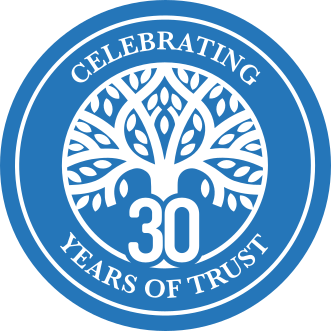

 English
English
 Tiếng Việt
Tiếng Việt



 Trung tâm Anh ngữ Apollo Việt Nam
Trung tâm Anh ngữ Apollo Việt Nam



-miLvgkuA1rT13CGj.jpg)

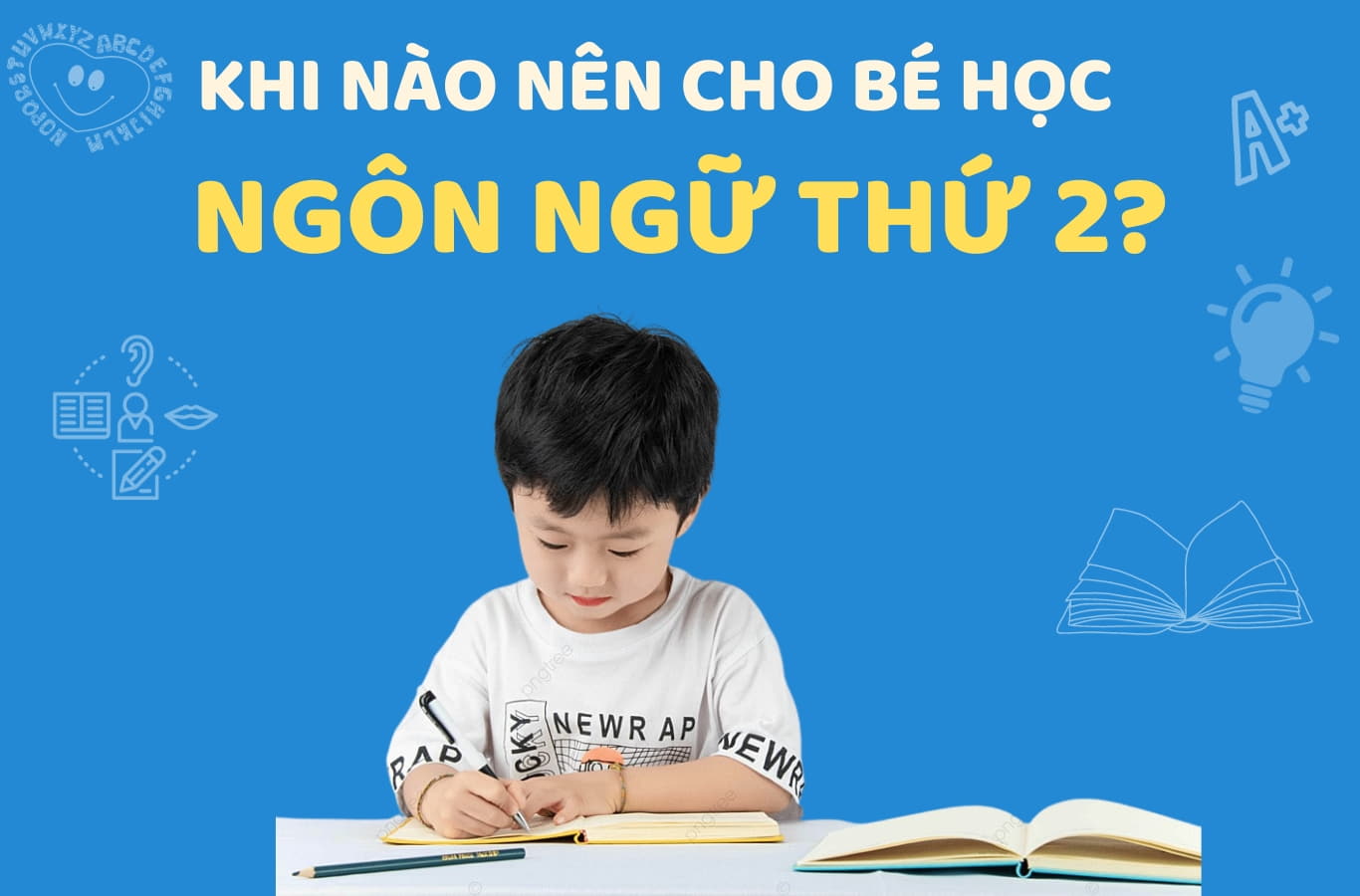
![350+ TỪ VỰNG TIẾNG ANH CHO BÉ THEO NHỮNG CHỦ ĐỀ QUEN THUỘC NHẤT [KÈM FLASHCARD]](/attachments/2023/12/tu-vung-tieng-anh-cho-be-M4HEgr4fSYlmqYF3.jpg)
